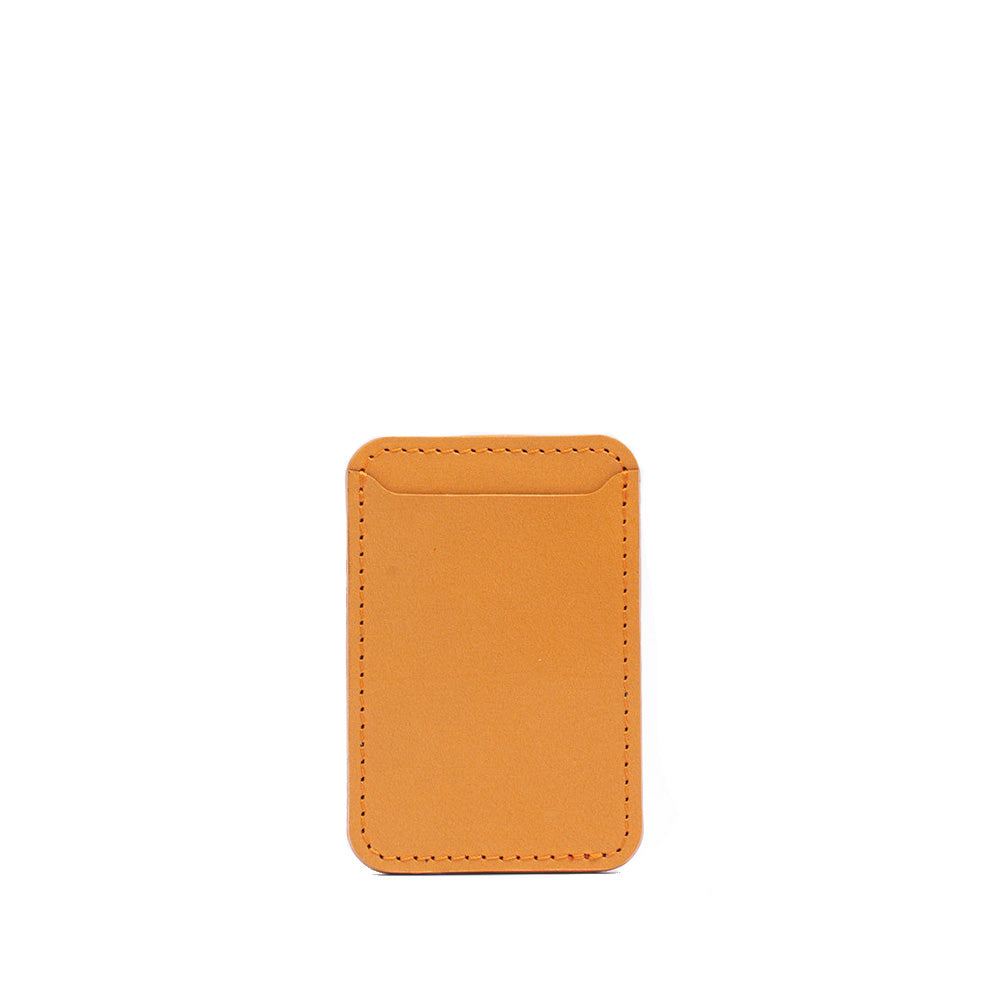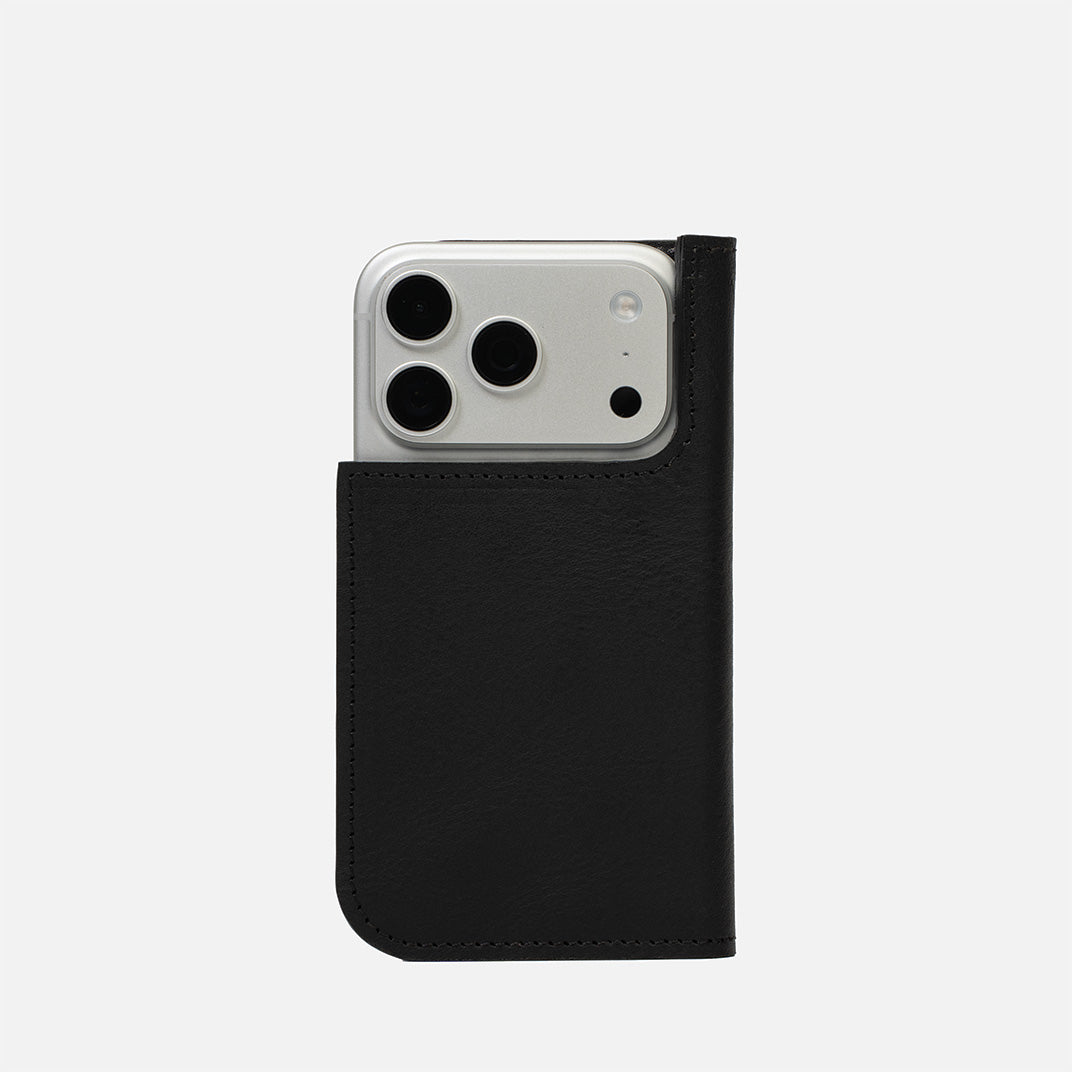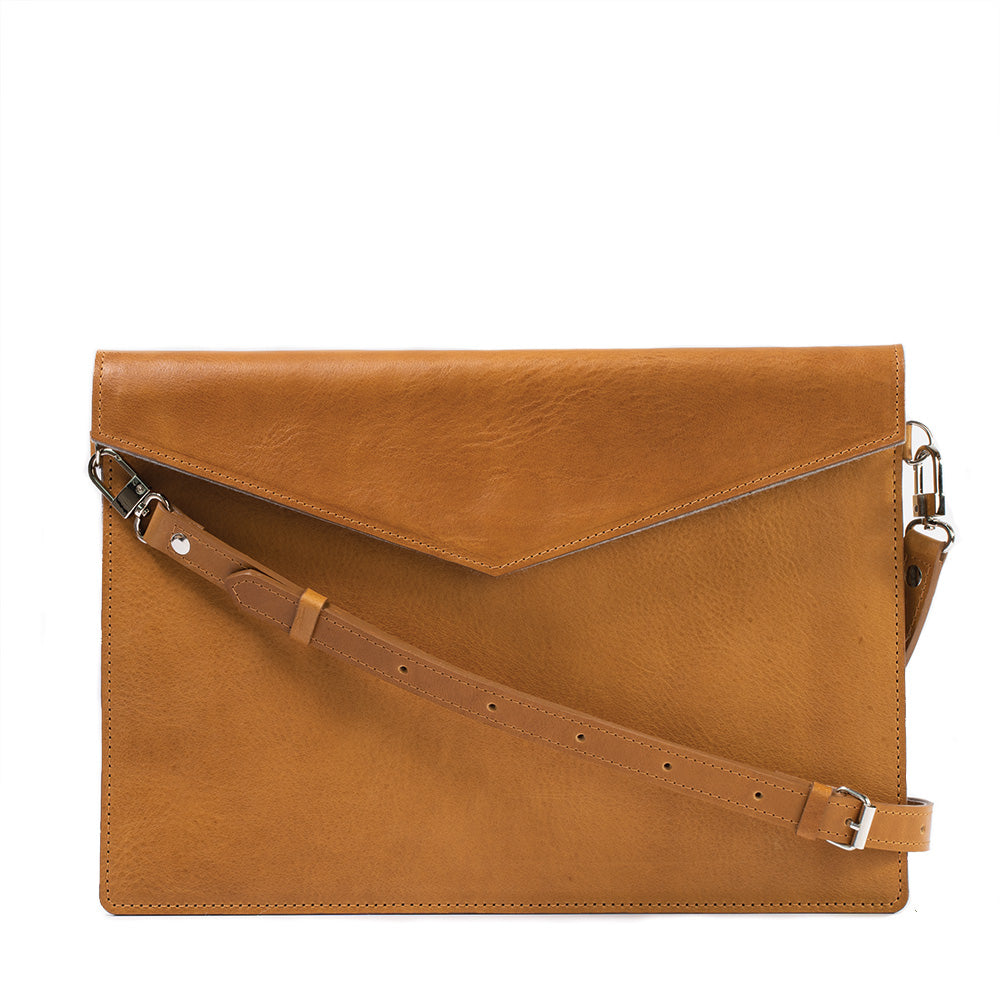Quick links:
Enabling and Configuring Guided Access
Creating Customized User Experiences with Guided Access
Benefits of Using Guided Access
-
Restrict Access to Certain Apps or Features: Guided Access allows users to lock their iPad into a single app or restrict access to specific features, such as disabling touch or motion, preventing accidental app switching, or limiting access to certain sensitive information. This can be particularly useful in educational settings, where teachers can restrict access to certain apps during exams or in business settings, where employees can use a dedicated app without accessing other apps or features.
-
Create Customized User Experiences: Guided Access provides the flexibility to create customized user experiences on the iPad. For example, in interactive presentations, guided tours, or storytelling experiences, Guided Access can be used to lock the iPad into a specific app or feature, allowing users to interact with the content in a controlled and guided manner. This can help create unique and engaging experiences for audiences in various settings.
-
Enhance Accessibility for Individuals with Special Needs: Guided Access can greatly enhance accessibility for individuals with special needs. It can be used to create simplified user interfaces, limit access to certain features, or provide guided interactions for individuals with cognitive, motor, or sensory impairments. Guided Access can be a valuable tool in promoting a positive user experience for individuals with diverse abilities, making the iPad more accessible and inclusive.
-
Versatility for Various Settings: Guided Access is a versatile feature that can be used in a wide range of settings, such as educational environments, business kiosks, public exhibitions, and more. It provides the flexibility to customize the iPad experience based on the specific needs of the setting, making it a valuable tool for various use cases.
Enabling and Configuring Guided Access<
Here are the step-by-step instructions on how to enable and configure Guided Access on your iPad:
Step 1: Open Settings: Open the "Settings" app on your iPad.
Step 2: Navigate to Accessibility: Scroll down and tap on "Accessibility" from the list of options.
Step 3: Tap on Guided Access: Under the "Learning" section, tap on "Guided Access" to access the Guided Access settings.
Step 4: Enable Guided Access: Toggle the switch to enable Guided Access. You can also enable Accessibility Shortcut to quickly access Guided Access by triple-pressing the side or home button on your iPad (depending on the model).
Step 5: Configure Guided Access Settings: Tap on "Set Passcode" to set a passcode for Guided Access. This passcode will be required to exit Guided Access mode. You can also configure other settings, such as disabling touch, motion, or the sleep/wake button, setting time limits for Guided Access sessions, and more, based on your needs.
Step 6: Use Touch ID or Face ID for Authentication (if supported): If your iPad supports Touch ID or Face ID, you can toggle on the option to use Touch ID or Face ID for authentication when starting a Guided Access session. This can provide a convenient and secure way to authenticate and start Guided Access without entering a passcode.
Step 7: Start a Guided Access Session: To start a Guided Access session, open the app you want to use, triple-press the side or home button (depending on the model) or tap on "Guided Access" in the Control Center, and tap on "Start" in the Guided Access settings. You can then customize the session by drawing circles around areas of the screen to disable touch or set other restrictions based on your settings.
Step 8: Exit Guided Access: To exit Guided Access, triple-press the side or home button (depending on the model), enter the passcode or use Touch ID/Face ID (if enabled), and tap on "End" in the top left corner of the screen.
Note: If you forget the passcode, you will need to restart your iPad and re-enable Guided Access in the Settings app.
Using Touch ID or Face ID for authentication can provide a convenient and secure way to start and exit Guided Access sessions, making it easier to customize the iPad experience based on your needs.
Using Guided Access for App and Feature Restrictions
Guided Access provides a powerful tool for restricting access to specific apps or features on your iPad. Here's how you can use Guided Access for app and feature restrictions:
Step 1: Start Guided Access for an App or Feature: Open the app or feature you want to restrict access to on your iPad.
Step 2: Triple-Press or Access Control Center: Triple-press the side or home button (depending on the model) or access the Control Center by swiping down from the top right corner of the screen (on iPad models with Face ID) or swiping up from the bottom of the screen (on iPad models with a home button).
Step 3: Tap on Guided Access: In the Control Center or Accessibility Shortcut, tap on "Guided Access" to start a Guided Access session for the currently open app or feature.
Step 4: Customize Guided Access Settings: In the Guided Access settings, you can customize the session for the specific app or feature. You can disable touch for certain areas of the screen by drawing circles around them, set time limits for the session, disable motion or the sleep/wake button, and more. Once you have configured the settings, tap on "Start" to begin the Guided Access session.
Step 5: Use the App or Feature in Restricted Mode: The app or feature will now be accessible in a restricted mode based on the settings you have configured in Guided Access. Users will only be able to interact with the areas of the screen that are not disabled, and the app or feature will be locked in the Guided Access session until it is ended.
Step 6: Exit Guided Access: To exit Guided Access for the app or feature, triple-press the side or home button (depending on the model) or tap on "Guided Access" in the Control Center, enter the passcode or use Touch ID/Face ID (if enabled), and tap on "End" in the top left corner of the screen.
Using Guided Access for app and feature restrictions can have several benefits. It can help limit distractions during learning or work by allowing access only to the specific app or feature needed, preventing accidental app switching, and keeping users focused. It can also be useful in public settings or business kiosks where you want to restrict access to certain features or information to maintain privacy and security. Guided Access provides a flexible and customizable way to restrict access to specific apps or features on your iPad, enhancing the overall user experience and ensuring that your iPad is used in a controlled and secure manner.
Note: It's important to remember the Guided Access passcode or use Touch ID/Face ID for authentication to exit Guided Access, as forgetting the passcode will require restarting the iPad and re-enabling Guided Access in the Settings app.
Creating Customized User Experiences with Guided Access
Guided Access offers endless possibilities for creating customized user experiences on your iPad. Here are some examples of how Guided Access can be creatively used to enhance user interactions and create unique experiences:
-
Interactive Presentations: Guided Access can be used to lock your iPad into a specific app or presentation mode, allowing you to create interactive presentations without the risk of accidental app switching. You can configure Guided Access settings to disable touch in certain areas of the screen to prevent unintended interactions, and set time limits to control the duration of the presentation.
-
Guided Tours: If you're conducting a guided tour in a museum, gallery, or other location, Guided Access can be used to lock your iPad into a specific app or tour guide app. You can customize the settings to disable touch in certain areas of the screen to prevent users from accidentally exiting the tour app, and provide a seamless and controlled experience for your audience.
-
Interactive Storytelling: Guided Access can be used to create interactive storytelling experiences on your iPad. You can lock your iPad into a storytelling app or an e-book app, and customize the settings to disable touch in certain areas of the screen to control the progression of the story. This can be particularly useful for engaging children or individuals with special needs in interactive storytelling experiences.
-
Interactive Learning: Guided Access can be used to create interactive learning experiences on your iPad. You can lock your iPad into an educational app or a learning platform, and customize the settings to disable touch in certain areas of the screen to keep users focused on the learning content. This can be beneficial in educational environments where you want to restrict access to other apps or features to ensure a distraction-free learning experience.
-
Business and Retail Kiosks: Guided Access can be used to create interactive kiosk experiences in business or retail settings. You can lock your iPad into a specific app or a custom-designed kiosk app, and customize the settings to disable touch in certain areas of the screen to control user interactions. This can be useful for product demonstrations, information displays, or interactive ordering systems.
The benefits of using Guided Access for creating customized user experiences are numerous. It allows you to create unique and engaging interactions for your audience, whether it's in a business, educational, or entertainment context. Guided Access provides a controlled and secure environment for users, preventing accidental app switching or unauthorized access to other apps or features. It also allows you to customize the settings based on your specific needs, giving you flexibility and versatility in creating tailored user experiences on your iPad.
Using Guided Access for Accessibility
Guided Access can be a powerful tool in enhancing accessibility on the iPad for individuals with special needs. Here are some examples of how Guided Access can be used to create a more accessible user experience:
-
Simplified User Interfaces: Guided Access can be used to create simplified user interfaces by locking the iPad into a specific app or mode, and disabling access to other apps or features. This can be beneficial for individuals with cognitive impairments or learning disabilities who may find complex interfaces overwhelming. By customizing the settings in Guided Access, you can create a simplified and focused environment that promotes ease of use and comprehension.
-
Limiting Access to Certain Features: Guided Access can be used to limit access to certain features or functionalities on the iPad. For example, you can disable the touch screen or certain buttons using Guided Access settings to prevent accidental interactions or unauthorized access to sensitive features. This can be particularly helpful for individuals with motor impairments who may have difficulty with precise touch gestures or individuals with sensory impairments who may unintentionally trigger certain features.
-
Guided Interactions: Guided Access can be used to provide guided interactions for individuals with cognitive, motor, or sensory impairments. For instance, you can lock the iPad into a specific app or mode and set up a sequence of guided interactions with clear instructions, prompts, or visual cues. This can help individuals with cognitive impairments or individuals who require additional guidance and support in using the iPad independently.
-
Accessibility Settings: Guided Access can also be used in conjunction with other accessibility settings on the iPad to further enhance the accessibility of the device. For example, you can combine Guided Access with VoiceOver, which is a built-in screen reader on the iPad, to provide auditory feedback and guidance for individuals with visual impairments. You can also use Guided Access in combination with Switch Control, which allows individuals with motor impairments to control the iPad using external switches or assistive devices.
The importance of accessibility and inclusivity in using technology cannot be overstated. It is essential to ensure that individuals with diverse abilities have equal access to the benefits and opportunities offered by technology. Guided Access can be a valuable tool in promoting a positive user experience for individuals with special needs, as it provides customizable settings that can be tailored to their specific requirements, creating a more accessible and inclusive environment on the iPad.
Tips and Best Practices for Using Guided Access
-
Set up and manage Guided Access sessions effectively: Before starting a Guided Access session, make sure to configure the settings according to your specific requirements. This includes setting up time limits, enabling or disabling touch, motion, and sleep/wake button, and customizing accessibility options. Once the session is started, you can manage it by using the Guided Access controls or by triple-clicking the Home or Side button, depending on your iPad model. Familiarize yourself with the available options and controls to effectively manage Guided Access sessions.
-
Use Guided Access in combination with other accessibility features: Guided Access can be used in conjunction with other accessibility features on the iPad to provide a more comprehensive accessibility experience. For example, you can use Guided Access along with VoiceOver, Zoom, or Switch Control to further enhance the accessibility of the device. Experiment with different combinations of accessibility features to find the best setup that suits the needs of the individual using the iPad.
-
Troubleshoot common issues: If you encounter issues with Guided Access not functioning as expected, try restarting your iPad and ensure that you have the latest iOS update installed. Also, double-check the settings and configurations of Guided Access to make sure they are properly set up. If you encounter issues with passcodes, make sure to choose a memorable passcode that is easy to remember but not easily guessed by others. You can also reset the passcode by going to Settings > Accessibility > Guided Access > Passcode Settings.
-
Update iOS and backup your iPad: Keeping your iPad's operating system up-to-date is essential for ensuring smooth performance and security. Make sure to regularly check for and install any available updates for iOS, including updates for Guided Access. Additionally, it's important to regularly back up your iPad to avoid data loss. Backing up your iPad to iCloud or iTunes can help protect your data and settings in case of any unexpected issues or accidents.
-
Manage passcodes securely: Passcodes are used for starting and ending Guided Access sessions, so it's crucial to choose a strong passcode and manage it securely. Avoid using easily guessable passcodes such as "1234" or "0000." Instead, choose a unique and memorable passcode that is not easily guessed by others. Also, be cautious when sharing passcodes with others, especially in public or shared settings, to ensure that only authorized users can access Guided Access on your iPad.
-
Test and customize settings beforehand: Before using Guided Access in a specific setting, such as a business kiosk or educational environment, it's advisable to thoroughly test and customize the settings beforehand. Familiarize yourself with the features and options available in Guided Access, and ensure that the settings are properly configured to meet the specific requirements of the intended use case. This can help prevent any unexpected issues or interruptions during actual use.
-
Seek additional resources and support: If you encounter any difficulties or have questions about using Guided Access on your iPad, don't hesitate to seek additional resources and support. Apple's official website provides detailed documentation and guides on how to use Guided Access, and their customer support can provide assistance for any technical issues. Additionally, there are online communities, forums, and support groups where you can seek advice and tips from other users who have experience with Guided Access.
Additional Resources
-
Apple's Official Documentation: Apple provides official documentation on how to use Guided Access on their support website. This includes step-by-step guides, FAQs, and troubleshooting tips. You can find this information at the following link: https://support.apple.com/en-us/HT202612
-
Apple's Accessibility Website: Apple's accessibility website provides comprehensive information on all accessibility features available on iOS, including Guided Access. It includes tutorials, videos, and guides on how to set up and use Guided Access, along with other accessibility features. You can access this information at the following link: https://www.apple.com/accessibility/ios/
-
YouTube Tutorials: There are many YouTube tutorials available that provide demonstrations and step-by-step guides on how to use Guided Access on the iPad. You can search for "iPad Guided Access tutorial" or "iPad accessibility tutorial" on YouTube to find relevant videos from content creators who specialize in providing tutorials on Apple products and accessibility features.
-
Apple Support Community: The Apple Support Community is an online forum where users can seek help, ask questions, and share their experiences with Apple products, including Guided Access. You can search for "Guided Access" in the forum to find discussions related to Guided Access, or post your own questions to seek assistance from other users or Apple experts. The Apple Support Community can be accessed at the following link: https://discussions.apple.com/welcome
-
Accessibility Organizations and Websites: There are several organizations and websites that focus on accessibility and provide valuable resources on using accessibility features, including Guided Access, on various devices, including the iPad. Some examples include the American Foundation for the Blind (AFB), the National Federation of the Blind (NFB), and the World Wide Web Consortium (W3C) Web Accessibility Initiative (WAI).
-
Apple's Accessibility Support: Apple provides dedicated accessibility support through their accessibility hotline, chat, and email. You can contact Apple's accessibility support team for any specific questions or issues related to Guided Access or other accessibility features. You can find more information on how to contact Apple's accessibility support at the following link: https://www.apple.com/contact/accessibility/




